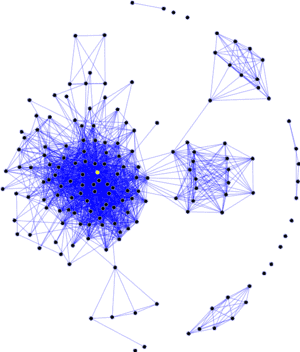New research out of Queen’s University could give insight into what terrorists are thinking. Professor David Skillicorn (School of Computing) analyzed language used in two jihadist magazines to gain intelligence about terrorist strategy.
He examined the language used in Inspire, an online magazine reportedly published by al-Qaida in the Arabian Peninsula, which aims to increase the availability of their message, and the Islamic State News published by ISIS. Inspire has attracted attention because of its goal of attracting lone-wolf attacks in Western countries.
“The payoff from understanding how this all works is that intelligence and law enforcement analysts can get insight into what the ‘bad guys’ are doing from the speeches and documents that they produce, often for other purposes,” says Dr. Skillicorn. “And because so much of it is impossible to manipulate because it’s subconscious, it provides unfiltered insights.”
Dr. Skillicorn’s research focuses on reverse engineering language to get access to the mental state that generated it. This latest paper is one in a series exploring how mental state affects language (e.g. influence in elections, deception in legal proceedings, and fraud in financial statements), and how language reveals mental state (e.g. jihadist language in Islamist forums).
The research revealed several facts including:
- Jihadist language intensity has been steadily increasing over the past few issues of Inspire, after being much more stable during the Anwar al-Awlaki years. al-Awlaki was a senior talent recruiter for al-Qaida.
- Inspire is experimenting with using gamification (the real-life use of gaming ideas such as levels of achievement and competition) strategies to increase motivation for lone-wolf attacks and/or to decrease the reality of causing deaths and casualties. It’s hard to judge whether this is being done deliberately, or by osmosis — the levels of gamification language waver from issue to issue.
- The intellectual level of these magazines is comparable to other mass market magazines — they aren’t particularly simplistic, and they assume a reasonably well-educated readership.
Dr. Skillicorn worked with Edna Reid (James Madison University) on the research. The paper was recently published in Security Informatics.


